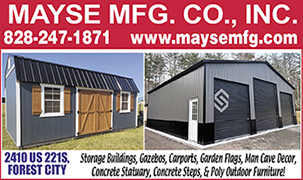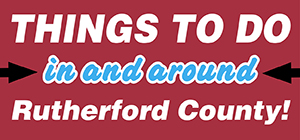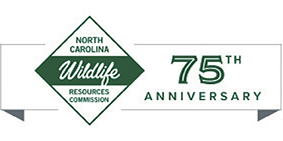
On the road to building up our small farm, we decided to start a truck garden to take produce to the local Rutherford County Farmers Market. We started with a soil test and a trip to the local NC Cooperative Extension Office to review our soil test report with the Horticulture Agent, Hannah Bundy. We learned that our humic content (organic matter) was 0.27 (Not a good thing) and that we had acidic, clay soil. That information did not bode well for a vegetable garden. We decided to try raised beds for our vegetables and Hannah introduced us to the concept of composting to build up the soil in our raised beds. After a quick class from Hannah, we came home armed with information and a plan.
First we needed to decide on a location for our compost pile. A location close to the garden, close to a water source, and preferably in the shade was desirable. The more convenient the location, the more likely my husband and I would be to use it. The ideal dimensions for a compost bin are 3 feet deep, by 3 feet wide, and 3 feet high. We had some old pallets sitting down by the barn that fit the bill. They looked a little ragged, so a fresh coat of wood stain, (with stain we had leftover from a different farm project), made a huge improvement in the appearance. Just because I'm using leftover "junk" for a farm project doesn't mean it has to look like "junk". We live on a steep hill so we used metal fence posts to anchor the pallets and strapped them in with zip ties. Materials for this project were readily available in our barn.
In our impromptu class from Hannah, we learned that we needed brown materials which are carbon-rich materials and green materials which are nitrogen-rich. Brown materials include: small twigs, sawdust, dead leaves, wood chips, shredded paper, coffee filters, cotton and nut shells. Green materials include: fruit peels and cores, veggie scraps, tea, coffee grounds, grass clippings, spent plants from the vegetable garden and even lint from the dryer.
After a little more research, we learned that there are two types of composting: cold and hot. Cold composting is as simple as raking up leaves and other yard waste and collecting food scraps and other organic materials that you normally would throw in the trash. Items such as: fruit and veggie peels, coffee grounds and filters, and eggshells. We put all of these materials in our compost bin and simply let them rot. Over the course of a year or so, the materials decompose. We do cold composting because it's easy.
Hot composting is for more dedicated gardeners than us. It's a much faster process and it's possible to create a batch of compost in one to three months during warm weather. Hot composting requires: nitrogen (green materials), carbon (brown materials) air and water. These four items feed microorganisms, which speed up the process of decay. Layer these materials in your compost bin. A healthy compost pile should have much more carbon (brown materials) than nitrogen (green materials). Try to use three parts brown material to one part green material and add water. Then mix your pile. Turning the compost pile will encourage the breakdown of organic materials.
There are some things that should not go in the compost pile. This includes: fatty meats, dairy products, bones, fish, perennial weeds, diseased plants, and pet manures.
We find that using the cold method is manageable for us. We gather leaves in the fall, shred them with the lawnmower and put them in the compost bin for our brown material. After meals and meal prep, we throw the compostable scraps in a plastic ice cream pail with a lid and a handle. We keep our compost pail in our freezer to avoid problems with fruit flies and gnats. When the pail is full, we empty it into the compost bin.
Composting can divert as much as 20% to 30% of food and yard waste from landfills. That's important because when organic matter hits the landfill, it lacks the air it needs to decompose quickly. Instead it creates harmful methane gas as it breaks down, increasing the rate of global warming.
Our composting is also aided by our wonderful neighbors with horses, who are happy to let us come pick up a trailer load of horse manure. We grab our pitchforks and get to work pitching manure. Such is the glamorous life of a gardener. We place this pile next to our compost bin and let it age. We let the pile decompose a few months before adding it to our raised beds. We find that it rains often enough in the local area that we rarely need to add water to our cold compost bin. We have not had any problems with unpleasant odors or critters getting into our compost pile.
Turning yard debris and kitchen waste into compost is an excellent way to save money on fertilizer, make use of otherwise discarded material, and reduce waste going to the landfill. Our composting efforts rewarded us with beautiful brown compost. This created a nutrient-rich soil amendment for our raised beds, that produced a bountiful crop of vegetables last summer.
Composting is great for your garden and great for the planet. Give it a try.









